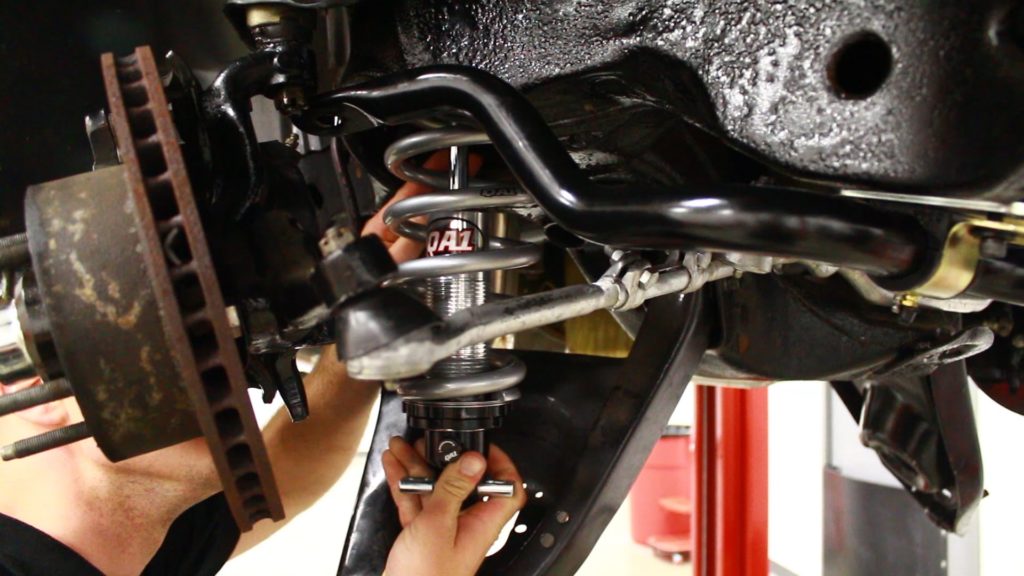Q: I have a 1967 Camaro Rally Sport that is about 85-percent completed. The car will be a street machine with some occasional drag racing at the local track.
My question has to do with shocks. I would like to know how to interpret shock ratios (90/10, 60/40, etc.). What do the numbers stand for, and how do they relate to one another?
Also, what front and rear shock-damping ratios would be best for a street-driven car that is raced every once in a while, like mine? I was looking at adjustable shocks and thought I’d be able to use them.

A: The numbers in a shock ratio refer to the amount of pressure needed to compress and extend (also known as rebound) a shock. The first number is compression; the second is rebound.
Take a 50/50 shock, for example. It takes the same amount of pressure to compress and rebound this shock. A 90/10 shock, on the other hand, requires more pressure to compress it, but very little to extend it. That makes a 90/10 an ideal front shock for drag racing because it lifts the front end of the car quickly and holds it there. That helps transfer weight to the rear of the car.
For your application, an adjustable shock like a QA1 Stocker Star shock, KYB Gas-a-Just shock, or Competition Engineering adjustable drag shock should work well.
You can set them for everyday driving, then adjust them for that occasional blast down the quarter-mile. We recommend a 60/40 front setting and 50/50 rear setting for street use.
***
You’ve got questions, the Summit Racing tech department has answers each week in our regular Mailbag feature. You can read past Q & A sessions by clicking our archive here.

Well explained,